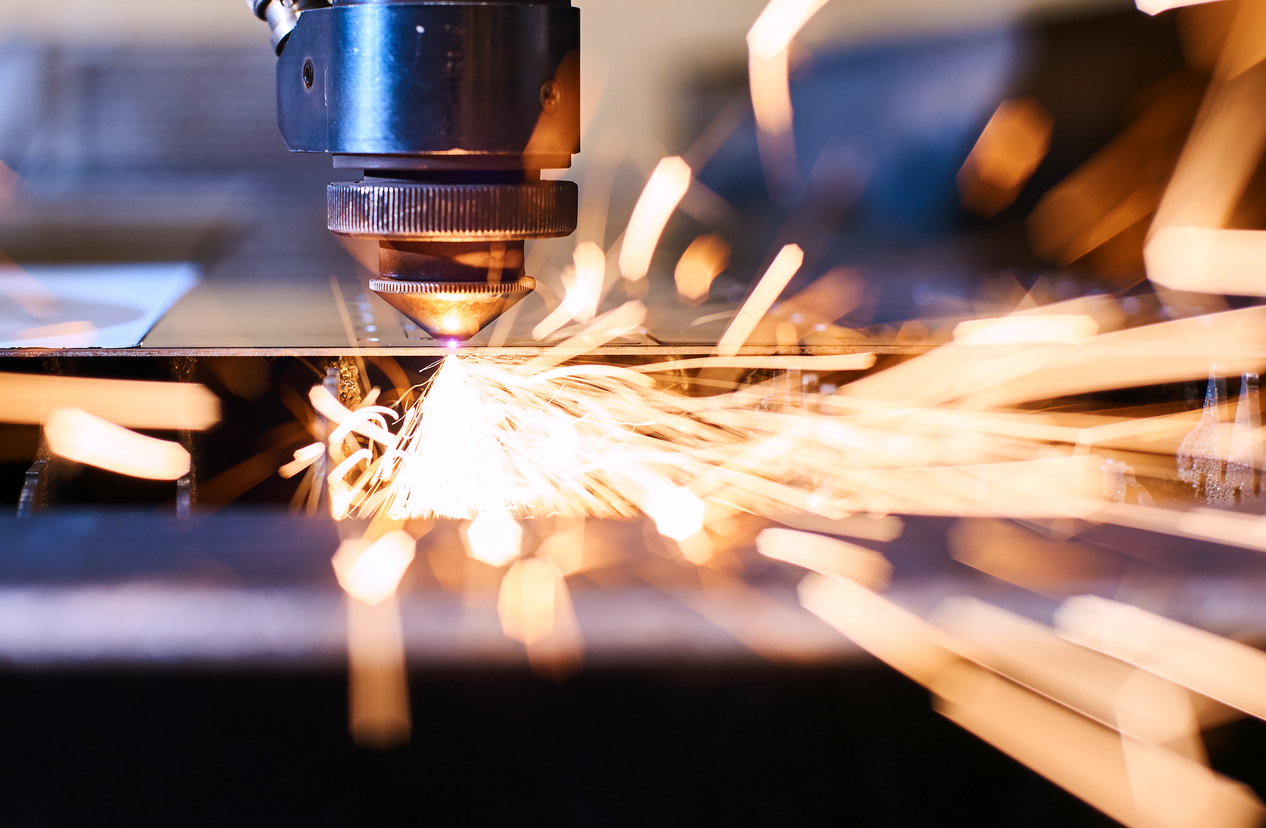- 6 October 2020
- Michael McGrath

The article by Tom Mcllroy in last Friday’s Financial Review entitled Manufacturing key to recovery from Virus hit 1 may have seemed extravagant even by the current standards of grand political soundbites. On closer examination though, I think manufacturing is in much better shape and has far more potential than might be commonly understood.
I have got to declare an interest – I am perhaps biased. We love manufacturing at Oasis Partners. Not only am I on the board of a number of thriving manufacturing companies, but our M&A practice has recently and successfully acted for several mergers and we continue to see fantastic niche operations doing world class work all over Australia.
Niche manufacturing in Australia is alive and well. Australian businesses are producing great products that are in demand both in Australia and in many other markets around the world. Whilst the commonly held view is that manufacturing in Australia is dead or dying, the facts do not really support this.
No argument from me that large-scale manufacturing in commoditised sectors requiring cheap labour has all but disappeared – that boat sailed some time ago. The overarching statistic by way of context is that in the early 1960s manufacturing was 30% of GDP – in 2019 it was just 5.7% 2.
Despite this rather dramatic decline manufacturing is still currently the 7th largest employer in Australia with 873,000 jobs, 85.5% of which are full time jobs compared to the average of 69% across all sectors. There are currently 11,000 vacancies!
Whilst overall manufacturing output has declined, earnings from exports have expanded significantly suggesting that quality added value Australian products are able to compete and win on the world stage. The introduction of new technologies and especially robotics will continue to help local manufacturers lower the costs of labour, thus reducing the significant advantage from overseas manufacturers with much lower labour costs. Whilst energy costs are a factor (and a touchy subject) technology is leveling the playing field and does represent significant opportunity to perhaps start to rebalance.
The government’s recent announcements including the $1.5b strategy announced on 1st October 3 is a great start and will hopefully help address skill shortages and boost further employment – one full time job in manufacturing often creates 3-4 jobs elsewhere in the economy. Certainly, we are in a service economy and that is not changing anytime soon. However, COVID-19 has undoubtably got all of us thinking about supply chains and what capabilities might be necessary here in Australia in a world where free movement of both people and even goods cannot be taken for granted.

